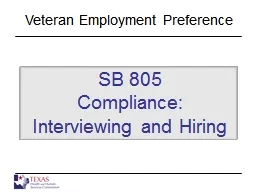PPT-Preference Aggregation on
Author : sherrill-nordquist | Published Date : 2016-06-14
Structured P reference Domains Edith Elkind University of Oxford Voters and Their Preferences n voters m candidates Each voter has a complete ranking of the
Presentation Embed Code
Download Presentation
Download Presentation The PPT/PDF document "Preference Aggregation on" is the property of its rightful owner. Permission is granted to download and print the materials on this website for personal, non-commercial use only, and to display it on your personal computer provided you do not modify the materials and that you retain all copyright notices contained in the materials. By downloading content from our website, you accept the terms of this agreement.
Preference Aggregation on: Transcript
Download Rules Of Document
"Preference Aggregation on"The content belongs to its owner. You may download and print it for personal use, without modification, and keep all copyright notices. By downloading, you agree to these terms.
Related Documents














